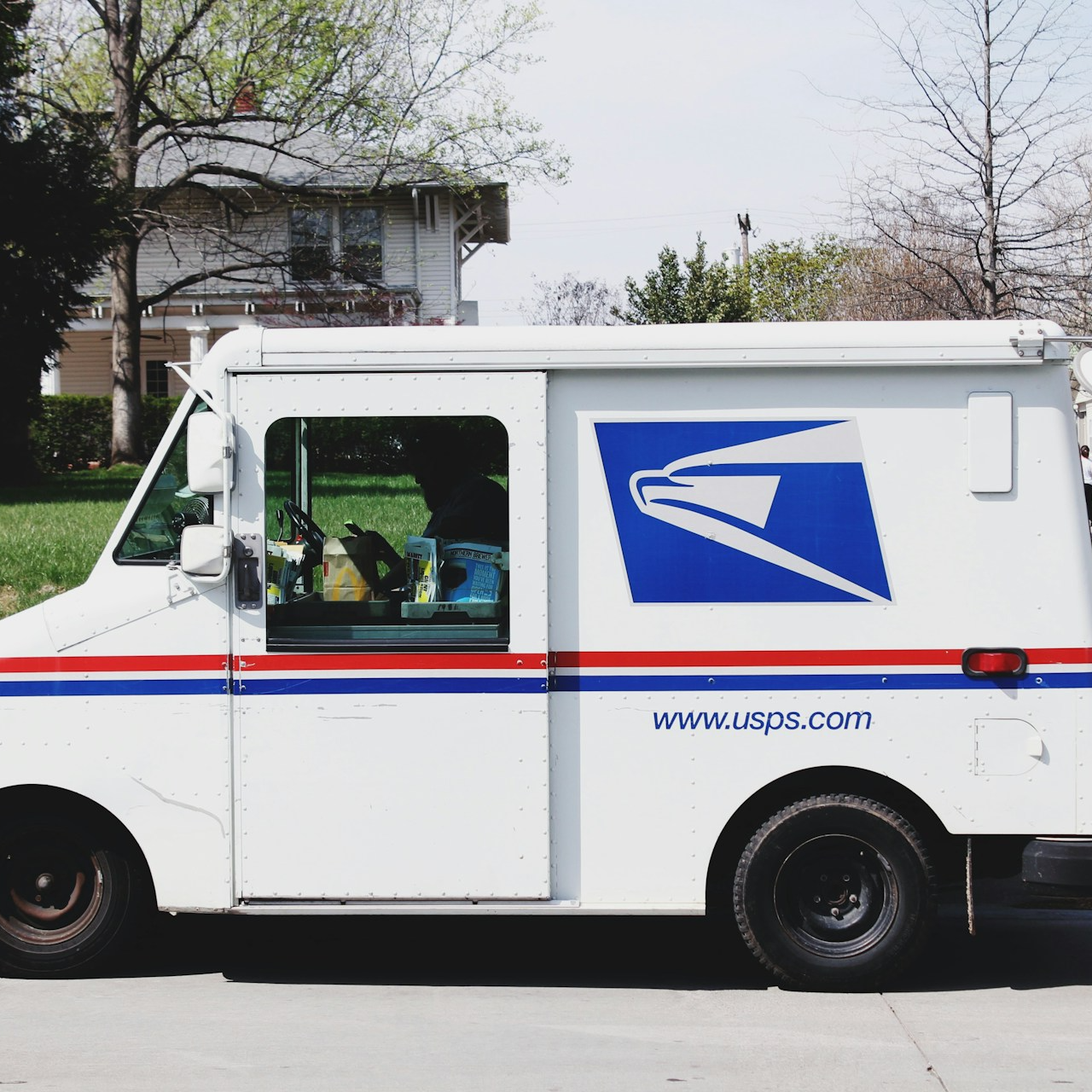Key Takeaways
-
Medicare Part B is the part of Medicare that covers most outpatient services, and it is where many of the unexpected out-of-pocket costs come from if you aren’t prepared.
-
As a Postal Service Health Benefits (PSHB) enrollee, your costs and coordination of benefits with Medicare Part B depend heavily on whether you enroll at the right time and maintain eligibility rules set by the Office of Personnel Management (OPM).
What Medicare Part B Covers and Why It’s So Often Overlooked
Medicare Part B is the part of Medicare that covers outpatient care. That includes physician services, outpatient hospital visits, durable medical equipment, lab tests, diagnostic screenings, preventive services, and many medically necessary procedures that don’t require admission.
What makes Part B especially important is how often it’s involved in your regular care. Most of the medical services you use throughout the year—those visits to your doctor, outpatient labs, X-rays, or urgent care treatments—fall under Part B. And because of that, the costs associated with Part B can add up faster than many expect.
Part B Comes With a Monthly Premium
While Medicare Part A is premium-free for most people, Medicare Part B always requires a monthly premium. In 2025, the standard Part B premium is $185 per month. This amount can be higher based on your income, using your Modified Adjusted Gross Income (MAGI) from your 2023 tax return.
What surprises many is that this premium is mandatory if you want to keep your PSHB coverage once you’re Medicare-eligible, unless you qualify for one of the limited exemptions. That’s because the PSHB program now requires Medicare-eligible annuitants and their covered family members to enroll in Medicare Part B to maintain their benefits.
The Annual Deductible Adds to the Cost
In addition to monthly premiums, Medicare Part B comes with a yearly deductible. For 2025, that deductible is $257. Once you’ve met the deductible, Medicare Part B generally pays 80% of the Medicare-approved amount for covered services. You are responsible for the remaining 20%, unless you have secondary insurance like PSHB that covers the remainder.
But even with PSHB, you can still face:
-
Copayments
-
Coinsurance
-
Non-covered service charges
-
Excess charges if the provider does not accept Medicare assignment
Understanding how your PSHB plan interacts with Part B is essential to anticipating those costs.
What Happens If You Delay Enrollment?
Delaying Medicare Part B enrollment past your Initial Enrollment Period (IEP) can trigger significant consequences. Your IEP begins three months before your 65th birthday and ends three months after it. If you don’t enroll during this window, you could face:
-
A late enrollment penalty that increases your monthly premium by 10% for each full 12-month period you delay enrollment.
-
Gaps in your health coverage.
-
Loss of eligibility for full PSHB coordination benefits.
However, if you’re still actively working and covered under a USPS employee health plan when you turn 65, you can delay Part B without penalty. But once you retire, you typically need to enroll during the Special Enrollment Period (SEP), which lasts eight months after your employment ends.
Medicare and PSHB Coordination: Why It Matters So Much
If you’re a Medicare-eligible Postal retiree, enrolling in Medicare Part B allows your PSHB plan to act as secondary coverage. This coordination provides significant cost-sharing advantages:
-
Lower out-of-pocket costs
-
Reduced or waived deductibles under PSHB
-
Access to enhanced pharmacy benefits under Medicare Part D EGWP
Failure to enroll in Medicare Part B could make you ineligible for these advantages and could leave you responsible for a larger share of medical costs. In fact, some PSHB plans apply a penalty or limit benefits if you’re eligible for Part B but aren’t enrolled.
Common Outpatient Services That Trigger Part B Charges
It’s not always obvious what falls under Part B until the bill arrives. Here are some common services that generate Part B claims:
-
Emergency room visits that don’t result in hospital admission
-
Ambulance transportation
-
Specialist appointments
-
Chemotherapy and radiation therapy
-
Dialysis treatments
-
Physical and occupational therapy
-
Preventive screenings (like colonoscopies or mammograms)
-
Durable medical equipment (wheelchairs, oxygen equipment, etc.)
Even if these services are covered, your 20% share without adequate secondary coverage can quickly exceed hundreds—or even thousands—of dollars.
Medicare Assignment and Excess Charges
Another detail that catches people off guard is the issue of Medicare assignment. If your provider accepts Medicare assignment, they agree to accept the Medicare-approved amount as full payment. If they don’t, they can charge up to 15% more than that amount, which you must pay out-of-pocket unless your PSHB plan picks up the tab.
This is especially important if you:
-
See specialists regularly
-
Receive care in a facility that is not Medicare-assigned
-
Travel frequently or live in areas with fewer Medicare providers
Knowing whether your PSHB plan helps with excess charges is a crucial part of understanding your overall financial exposure.
How PSHB Prescription Drug Coverage Coordinates with Part B
Starting in 2025, most PSHB enrollees who are eligible for Medicare are automatically enrolled in an enhanced Medicare Part D prescription drug plan (EGWP). This benefit is offered through your PSHB plan and works alongside Medicare Part B.
Here’s how it helps:
-
Caps your annual out-of-pocket drug costs at $2,000
-
Includes a $35 cap for insulin products
-
Offers expanded access to network pharmacies
However, not all medications are covered under Part D. Some infused or injected drugs, like chemotherapy or biologics, are covered under Part B. That means they follow the 80/20 coinsurance model unless PSHB absorbs the rest. If you skip enrolling in Part B, you might lose access to the full drug benefits your PSHB plan offers.
The Role of Medicare Part B in Preventive Care
One area where Medicare Part B excels is preventive care. It fully covers many essential screenings and preventive services, including:
-
Flu shots
-
COVID-19 vaccinations
-
Annual wellness visits
-
Mammograms
-
Prostate cancer screenings
-
Cardiovascular disease screenings
But remember, coverage is limited to the Medicare-approved schedule and provider network. If your doctor performs additional tests or if you receive services from a non-participating provider, you may face out-of-pocket expenses.
To avoid those surprises, your PSHB plan should ideally complement and support Medicare Part B. This is another reason timely enrollment is so vital.
Medicare Part B and Outpatient Surgery
Outpatient surgery is another common source of large, unexpected bills. Surgeries performed at an ambulatory surgical center or even in a hospital outpatient department fall under Medicare Part B. These might include:
-
Cataract removal
-
Hernia repairs
-
Colonoscopies with biopsy
-
Knee arthroscopy
These procedures can be expensive even with Medicare paying 80%. Without secondary coverage, your 20% coinsurance could easily amount to thousands of dollars. Fortunately, many PSHB plans that coordinate with Part B offer coverage for the balance—but again, only if you’re enrolled in both.
Travel and Part B Considerations
Many retirees plan to travel or split time between states. Medicare Part B provides national coverage across the U.S., but your PSHB plan might have a regional network. Without Part B, your access to providers and services outside your plan’s network can be limited or more expensive.
Enrolling in Part B ensures that you have a base level of coverage nationwide, even if your PSHB plan doesn’t fully extend to where you’re traveling.
Special Circumstances and Exemptions
As of 2025, there are limited exemptions from the Part B enrollment requirement under PSHB. You may be exempt if:
-
You retired on or before January 1, 2025 and are not enrolled in Part B
-
You’re a current employee aged 64 or older as of January 1, 2025
-
You reside outside the U.S.
-
You are covered by the VA or Indian Health Service
If you qualify for one of these exemptions, you may continue your PSHB plan without enrolling in Medicare Part B. However, you will likely face higher out-of-pocket costs compared to those who do enroll.
Why Awareness of Part B Costs Protects You Financially
Too many retirees underestimate how impactful Part B costs can be. The monthly premium, annual deductible, and 20% coinsurance on thousands of dollars’ worth of outpatient services can erode your savings rapidly if you’re not properly covered.
The PSHB program is designed to integrate with Medicare. When you enroll in both Medicare Part B and a PSHB plan, you gain dual-layer protection. But failing to enroll can lead to gaps in coverage, missed benefits, and higher expenses.
Take the Next Step Before Bills Start Piling Up
Medicare Part B is a crucial piece of your overall health care coverage puzzle in retirement. When paired correctly with your PSHB plan, it reduces your financial risk, enhances your benefits, and provides a more predictable cost structure. But timing and enrollment decisions are everything.
If you’re approaching age 65 or already retired, take time to evaluate your Medicare eligibility, enrollment deadlines, and PSHB coordination benefits. Don’t wait until a medical bill forces you to understand what Part B does or doesn’t cover.
For help reviewing your options or confirming your eligibility, reach out to a licensed agent listed on this website. They can walk you through your choices and ensure you don’t face unexpected costs.









